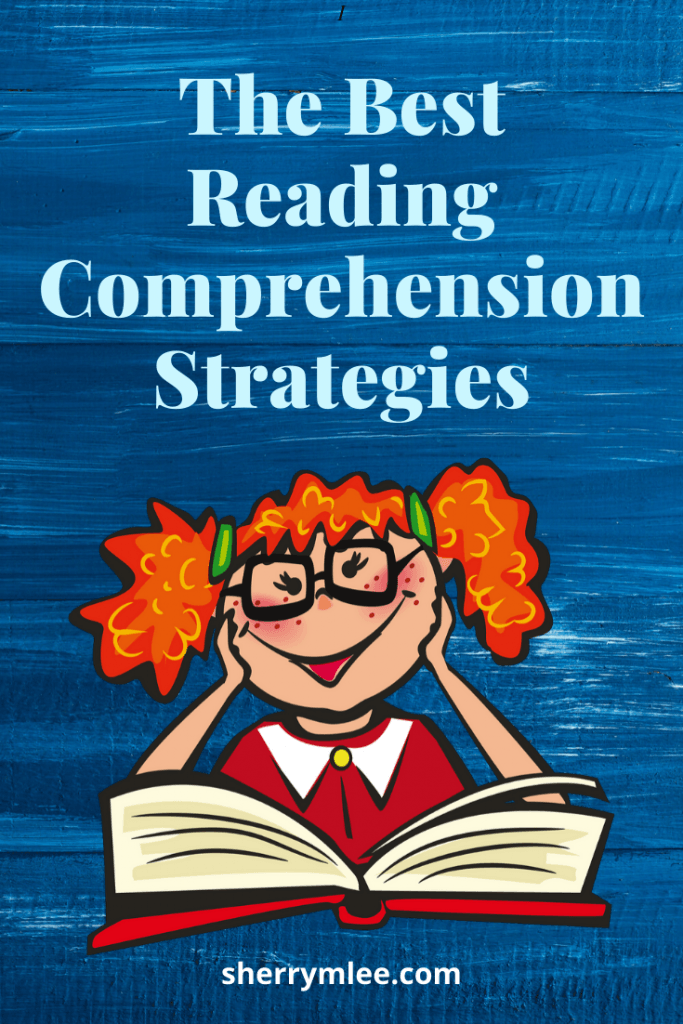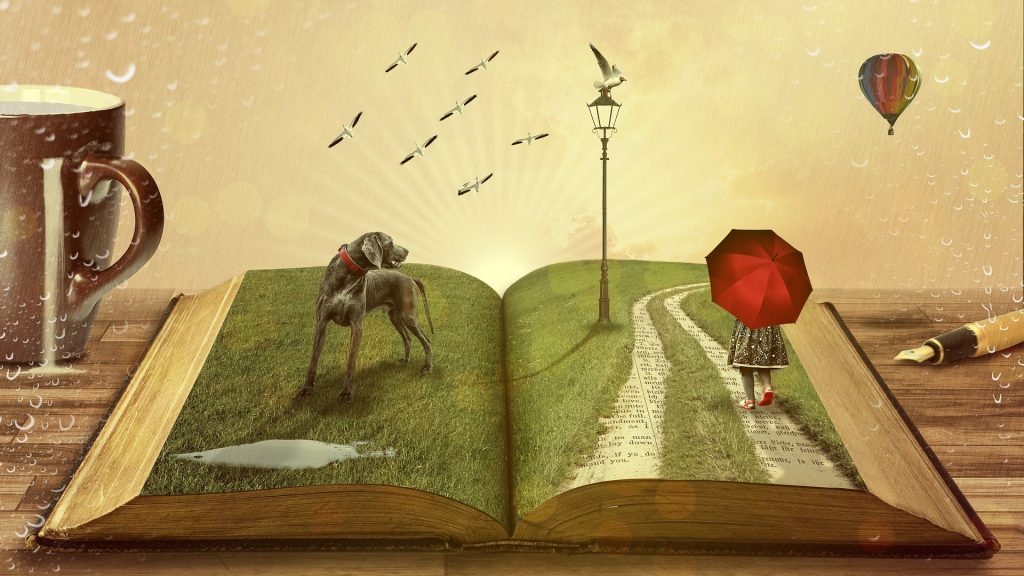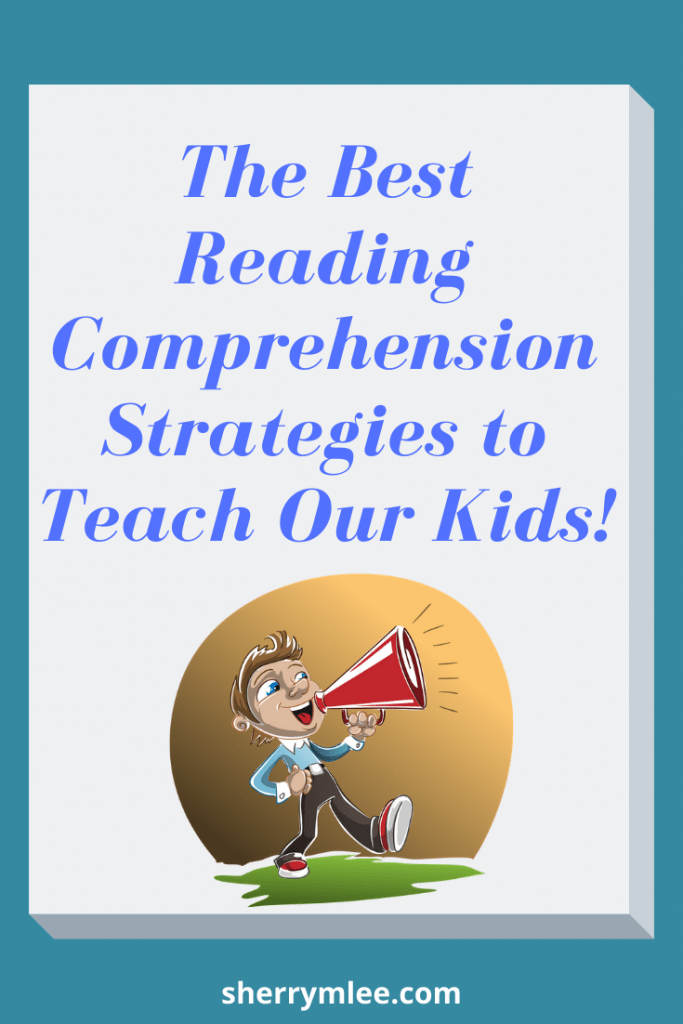Reading is a gift that opens up our world. Those who read well can’t imagine life without it! However, those who struggle with reading can be plagued by the need for it on a regular basis. This is even true for people who read words easily but fail to make the necessary connections for reading to be enjoyable. Regardless of where your child is at with reading, it’s important that reading comprehension strategies be specifically taught and practiced. This post goes over 3 of my favorite reading comprehension strategies.
It’s often assumed that individuals are good readers if they are heard reading and the words from the page flow out of their mouths. However, this can be a misguided assumption. Just because words are read does not automatically mean that they are understood. In fact, I have heard many individuals read the words within any story placed in front of them with ease, but then fail to comprehend the majority of that story.

What is Reading Comprehension and Why is it Important?
Reading comprehension refers to the ability to recall and understand the information that one reads. It also refers to an individual’s ability to compare what’s read with information the reader already knows. Reading comprehension is important because it really is the difference between someone simply reading words and someone reading as an “active participant” in his/her reading. The reader becomes much more engaged as reading becomes more fun and more informative.
This is where reading comprehension strategies come in. It can’t be assumed that readers automatically have strong comprehension. Reading comprehension strategies must be specifically taught. This post consists of a few of my favorite strategies.
*This post contains affiliate links, meaning I make a commission on purchases made at no extra cost to you. Thank you for your support!
Strategy 1: Pick the right book!
There are 3 levels of reading materials for everyone. They are independent, instructional and frustrational.
Generally, independent reading material is fun and builds confidence since it isn’t really challenging.
Reading material that is at one’s instructional reading level builds skills. There may be a few words that are new to us, but we can learn them within the context of what we are reading.
Frustrational reading material is difficult to get through and brings on frustration. It is material that is beyond our current reading level. There is very little, if any, learning or enjoyment happening when reading books at our frustrational level.
We want to aim for a healthy balance between independent and instructional reading materials.
So how do we know what’s right? Follow these guidelines:
– Go over the synopsis of the book. Does it sound interesting?
– When reading it, were there 3 or more words that were difficult? If so, it could be an indication that the reading level is higher than what would be ideal.
– Flip to any page in the book and read it. Is it of interest? Are there 3 or more words that were difficult?

NOTE: An Adult’s Definition of Reading Should Not Get in the Way of the Child’s
How often have we gone through life especially as students and had books picked out for us? While I do believe it’s important to introduce kids to various genres and writing styles, we want them to have access to books that they will actually enjoy based on the content and their interests when they are practicing reading comprehension strategies.
Let’s face it! When we are in conversation with others who talk about something we have absolutely no interest in, we kind of fade. At least I do! I nod and am polite, but it doesn’t mean I’m getting the same out of the conversation as someone who has much more interest in the topic would get! If important points were made in the conversation, I am not likely to remember them if I had zero interest in the first place.
Thus the importance of having our kids learn to pick out books that are right for them. No adult would ever read for enjoyment if we couldn’t do this for ourselves, so our kids should be able to do the same.
Even though this isn’t a comprehension strategy, it’s important to bring attention to it. I’ve heard adults tell children that what they are reading isn’t “real” reading. This comment makes me cringe. Reading is reading. When an individual is learning to implement comprehension strategies, it’s important for the reading material to be relevant for THEM, not US! I’ve even seen a few adults put away books chosen by the children, then proceed to pick out those children’s “enjoyable free time” reading books themselves. Children MUST have a role in what they read or motivation becomes limited.
Let’s consider Dav Pilkey…
Dav Pilkey, author/illustrator of the Dog Man series, has “always loved graphic novels because of the way the text and pictures each tell a different part of the story.” Pilkey has dyslexia and appreciates how large chunks of text are broken down into smaller panels in graphic novels. To learn more about this, check out the short video below.
Whatever the reading material, the real importance lies in the fact that whatever our kids are reading is relevant and interesting to them. They will have enough reading placed in front of them as they get older that won’t necessarily be enjoyable reading. The purpose now is to give them the strategies so that they can tackle any reading placed in front of them in the future.
Strategy 2: Make Predictions and Compare Them to What Actually Happens
How many of us have gone to the movies and not first watched the trailer? This rarely happens! We watch the trailer and become excited about what we are going to see. Naturally, we make predictions.
Have you ever then irresistibly whispered to your neighbor what you thought was going to happen? At least one of my kids does this to me every time we watch a movie together. It’s a sure sign that they’re fully invested in the movie!
Is it important to make these predictions? You betcha! They help our brain to process what is happening! Is it a failure if the predictions don’t come true? Not at all! In fact, the movie would be super boring if our predictions did come true! We watch for the story and the anticipation of what is to come!
The same goes for books. I’ve had so many students look at me as though I have 2 heads when I first introduce the importance of making predictions when reading. It is a foreign concept to many. Yet, doesn’t it make sense that this helps to keep the reader engaged?
The purpose is not to be correct. That would make for a boring book. Our predictions should be possible, but a great book will have us comparing what we thought would happen to what actually happened. It is necessary to do this comparison between what our predictions were and what actually happened. Making frequent predictions and comparing what we thought would happen with what does happen keeps the reader engaged!

Strategy 3: The Who, What, Where Strategy
The who, what, where strategy refers to the following questions: Who is in the scene? What is happening? Where are they?
It’s important to be able to answer these questions continuously as we read. For some in which drifting off happens frequently, it may need to be practiced after each minute or paragraph of reading. For others, reviewing at the end of a chapter is sufficient. To build stamina in this area, I have set a timer for students and had them answer these questions each time the timer went off. I then slowly increase the time intervals.
For my visual learners, I encourage them to close their eyes and draw what’s happening. I ask them to close their eyes simply because I want the focus to stay on the story and the picture within their heads instead of on perfecting their artwork.

Need More Reading Comprehension Strategies?
This is just a glimpse into a few of my favorite reading comprehension strategies. Be sure to also check out both this post and another where I bring even more of my favorite reading comprehension strategies into the spotlight! You may also wish to check out this post that goes over the importance of teaching readers to make inferences and where to start with that.
Rule Out a Reading Difficulty
Do you have readers in your life that don’t appear to be grasping reading as you believe they should be? Is your reader continuing to have difficulty with reading comprehension even though you have gone over strategies together?
If so, check out Reading Made Easy. This eBook is the ultimate guide to get your struggling reader on a successful reading path once and for all! Reading Made Easy goes over various roots of reading difficulties and what to look for regarding each. Simple and targeted solutions are provided for working through each root.

How About You?
What are some of your favorite reading comprehension strategies? Let me know in the comments below.



